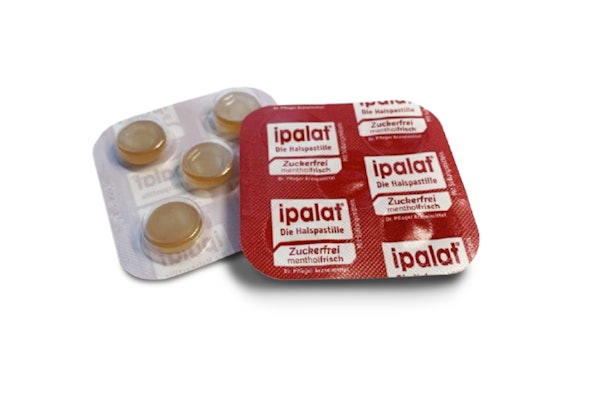Here are a few things to look out for when designing and implementing a serialization solution:
1. Make sure your serialization solution can interface to multiple client company ERP systems. Most serialization solutions are designed to interface to enterprise systems within a single company, but not all of them are designed to connect to ERP systems across multiple companies. In other words, the plant-level serialization solution at a given CPO must not only talk to that CPO’s enterprise-level serial number management solution (such as SAP’s Aii module), it must talk to the Aii module (or equivalent) at each of its pharma client companies and keep that data separate. This is a challenge specific to CMO/CPOs that they need to keep in mind when shopping for a serialization solution.
To simplfy the exchange of serialization information, many companies are turning to time-tested and widely used solutions found in other industries. A popular choice is the use of Electronic Data Interchange (EDI) Advanced Shipping Notices (ASN) with Hierarchical Level (HL) serialization. These solutions are offered from many software companies and cloud-based solutions from Value Added Networks (VAN). For example, the latest release of SAP Auto-identification infrastructure (Aii) includes support for serialized ASN.
2. Be flexible in receiving or originating serial numbers. Most pharma client companies will choose to allocate serial numbers and send them to the CMO/CPO, but there may be some occasions where the CMO/CPO needs to originate the numbers. The serialization solution must be flexible enough to handle either requirement (or serial numbers generated by government agencies). CMO/CPOs will need to figure out how to easily toggle from their own serial number management to a client’s (or a government’s) with each job.
3. Support serialized and non-serialized product from the same customer. We will be living in a mixed serialized and non-serialized world for the foreseeable future. Your systems should be able to handle both simultaneously.
4. Understand what solution providers your customers are working with. And more importantly, what can be leveraged from their experience?
5. Determine how to support varying label requirements. Your system will need to account for the following customer requirements:
• Summary of actual requirement—For example, full serialization versus an enhanced encoding.
• Permitted data carriers and sizes for units, cases, and pallets—for example, 2D at unit level, 1D at case level, use of square and rectangular codes, and print quality standards.
• Encoding formulas—such as GTIN versus modified CIP and format of serial / batch numbers.
• Plain text printing requirements—such as format of expiration date, plain text, and the data carrier.
Liked this article? Download the entire playbook here.



















